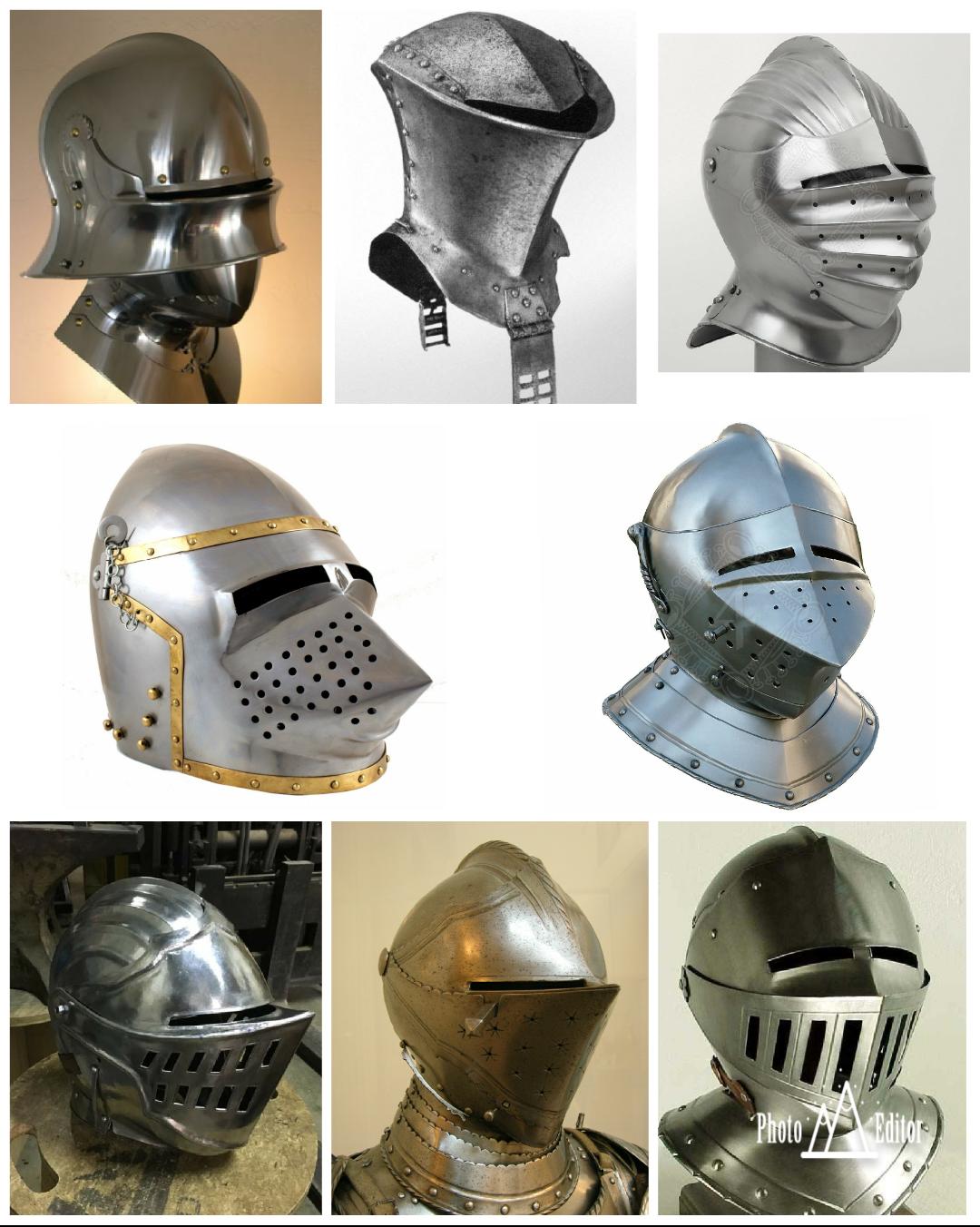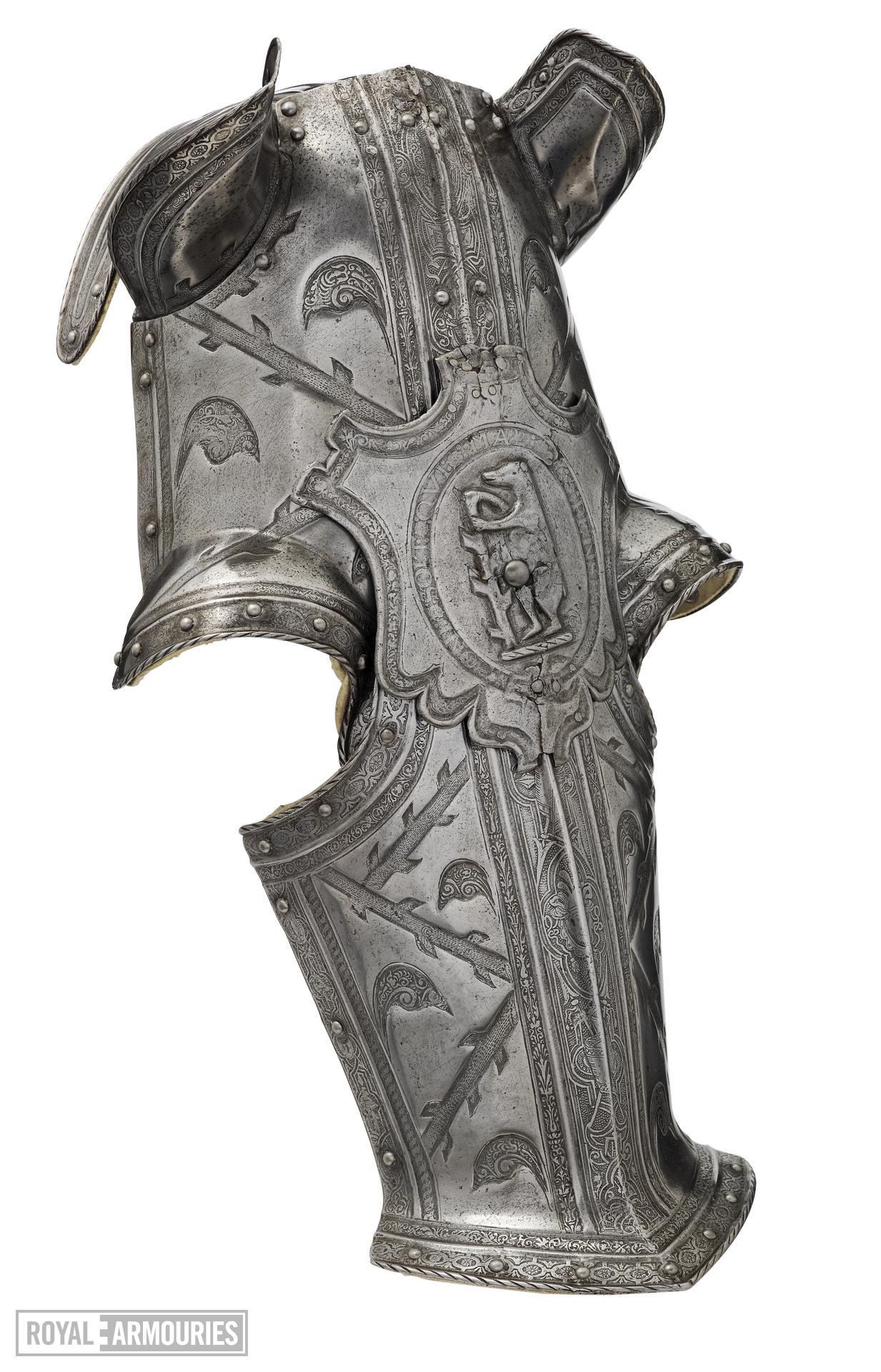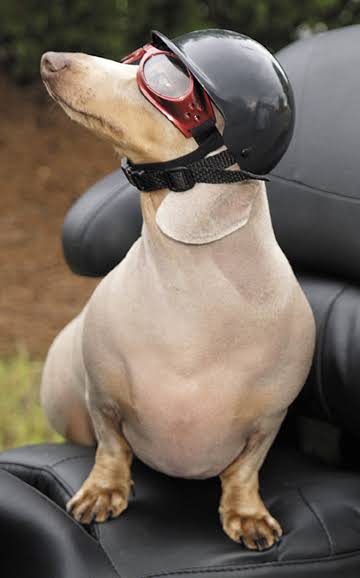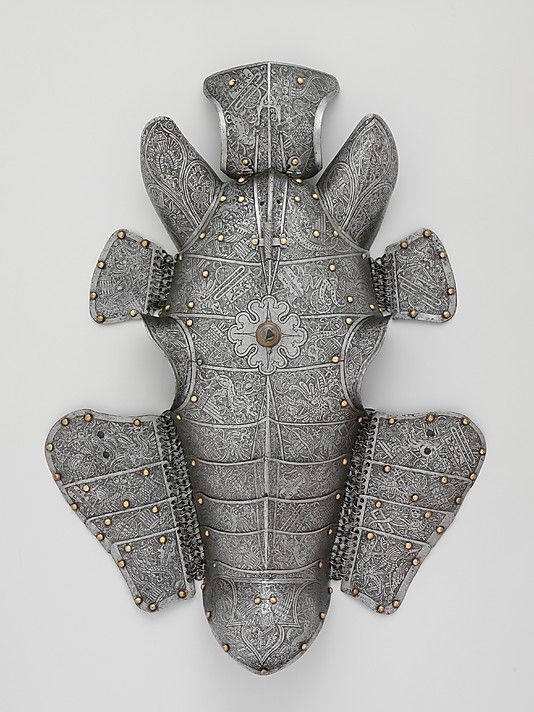Whilst other answers demonstrate how headwear could be adapted to accommodate the ears of these creatures, i would like to point out that, in our own history, there was headwear that ignored our ears.
 https://www.reddit.com/r/forhonor/comments/8bup7r/give_warden_a_bascinet_armet_or_frogmouth_helmet/
https://www.reddit.com/r/forhonor/comments/8bup7r/give_warden_a_bascinet_armet_or_frogmouth_helmet/
You may notice the distinct lack of openings for ears in these helmets, there are not even holes in the sides to allow some small level of hearing. I would argue that accounting for the ears in helmets may be unnecessary, at least in some instances.
I would imagine that a more pressing concern would be the faces of these creatures rather than their ears. You may see helmets with more elongated faces, such as the hounskull or armets which push out further, both helmets are pictured above.
If you wanted the ears to be exposed however, i would have to agree that something based on the shaffron could be a good option.
 https://collections.royalarmouries.org/object/rac-object-3345.html
https://collections.royalarmouries.org/object/rac-object-3345.html
I would like to add that, if you were intending this to be a main form of defence, you would want a decent amount of padding to protect the face. You would also want some way of protecting your neck, in which case gambeson, possibly with chainmail as well, could work well enough.
You would may instead want a bevor, this is the lower half of the helmet pictured in the top left corner. The idea of the bevor is to protect the chin and neck whilst the salet, the top half, is the actual helmet and protects the head and face. One thing to note salets were sometimes worn without a bevor so, by that logic, these shaffrons may also sometimes be worn without the bevor.
For softer, non-combat headwear such as hats or hood, you could simply cut out holes or just wear a bigger hat. Also, whilst you may be right that traditional glasses wouldn't work as well, there are many alternatives.
For example, rather than fixed arms, you may opt for a chain attached to both sides of the lenses. The chain would loop over the ears and the lens part would rest on the face. This makes wearing glasses for creatures with non-human ears far easier. You may instead use prescription goggles typically used by sportsmen when traditional glasses may fall off, a similar idea to using the chain but does not require any ears. Another alternative is to use a method similar to that of a monocle where the muscles of the wearer’s eyes press down on a metal piece, keeping them in place.

https://www.college-optometrists.org/the-college/museum/online-exhibitions/virtual-spectacles-gallery/monocles.html












